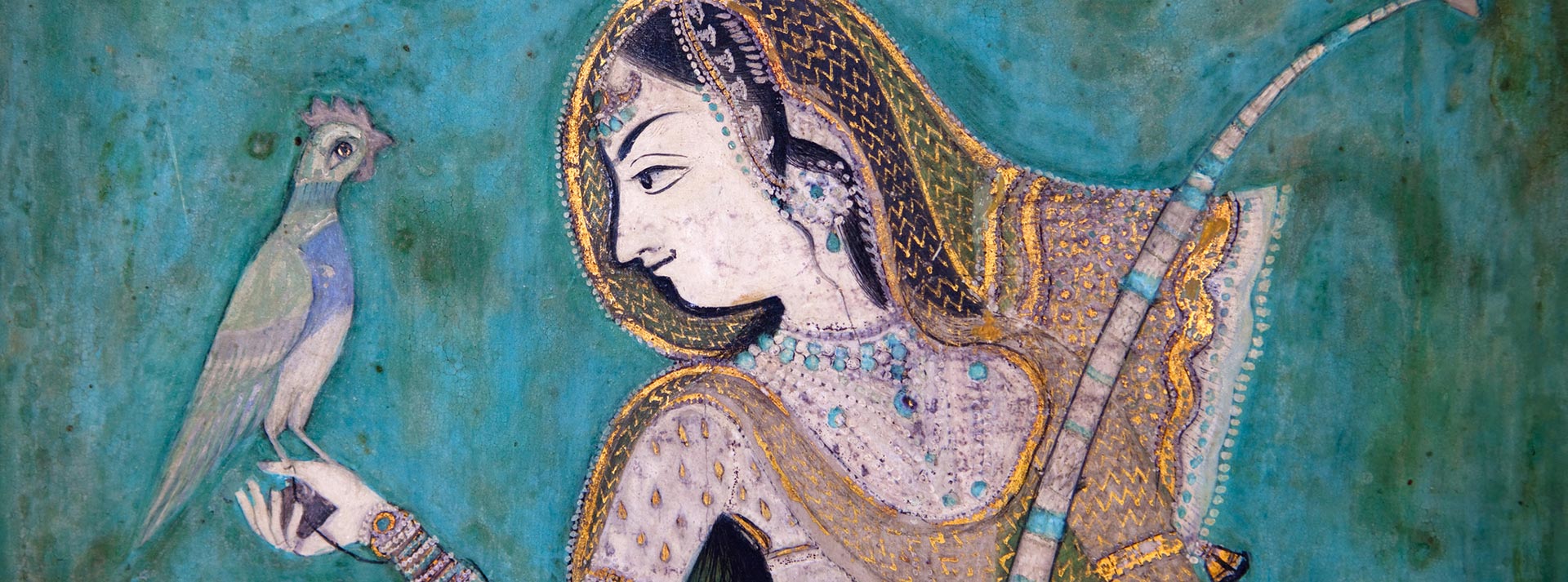Background - Centro Studi Yoga Kailash
- Home
- Background

Background
The word “yoga”
The word “yoga” derives from the Sanskrit root yuj which, among its many meanings, signifies “link”, “yoke” and “unite”. The texts frequently use the same word with the sense of “means”, “method” and “discipline”.
While yoga was born within the Indian civilisation, the issues it examines are universal, including the nature of consciousness and the human possibility of making evolutionary progress through the full use of one’s potential.
A little history
Looking at the texts, the history of yoga may be briefly and chronologically summarized in a pre-classical phase – Upanishad Vedas and epic literature (Mahabharata), a classic phase (Yoga Sutras of Patanjali), a post-classic phase (tantric literature) and the modern or contemporary phase.
For some scholars, yoga can be dated back as far as the middle of the 3rd millennium B.C. The rediscovered seals of Harappa and Mohenjo-daro (an ancient Indus valley civilisation) depict humans or divinities in a crossed-leg position that could be the meditative position typical of yoga.
It is however in the Upanishad Vedas (700-300 B.C.) that we find the first use of the term “yoga”, used specifically in the Katha Upanishad to delineate a path of interior evolution possible thanks to intrinsic human potential.
All Indian spiritual literature, first and foremost the Bhagavadgita, is imbued with the principles of yoga and their tendency to unify all planes of being in order to access a state of great harmony (liberation), the supreme state of human existence.
The Yoga Sutras
The fundamental texts of the classic period of yoga are the Yoga Sutras of Patanjali (II-III century B.C.): a series of 195 aphorisms divided into four sections (pada).
Among the various arguments, the Sutras present ashtanga yoga, an eight-part path that covers all aspects of human nature: from relations with the self to relations with others, focussing on the evolutionary passages at the corporeal and mental levels through to the final state of identification with one’s true self, in which the subject frees themself of the condition of suffering.
Yogah citta-vritti-nirodha “Yoga is the suspension of mental movements” represents the core of all the Yoga Sutras, to which it is difficult not to refer if we are interested in yoga as a meditative path.
Tantrism
Within the vast historical development of post-classical yoga, Tantrism represents a strand of practices and rituals – of great impact on Indian religious culture from the 4th century A.D. – that rather than the tradition path of ascetic purification prefers that of the transformation psycho-physical energies through the refusal of asceticism as the negation of the material works, the revaluation of the body and the integral use of the senses, of the emotions and of the subtle energies for the purposes of interior transformation.
Thanks to texts such as the Vijnana Bhairava Tantra and the work of its most important representative, Abhinavagupta (X –XI century A.D.), author of the monumental Tantraloka, the non-dual tradition of Kashmir – has a majestic depth and capacity for comprehension of reality.
The most well-known yoga texts of the post-classical period – Hatha Yoga Pradipika, Gheranda Samhita and Shiva Samhita (from the XV century A.D.) –, are also expressions of the Tantric tradition. The yoga practices presented in these texts focus principally on the alchemical transformation of the body and its energies.
Yoga today
From the innumerable traditions that have developed over the centuries in India, yoga has today branched out in the Indian subcontinent and in the West, into numerous and varied schools. Places of study and research, committed to maintaining and rendering relevant the teachings of the traditional texts, coexist alongside schools in which commercial demands and personalisation appear to dictate new forms and contents in their practice.
Overcoming a restricted vision that reduces yoga solely to a psychophysical practice concerned with wellbeing still permits us to appreciate the wealth of a discipline that invites the human being to take up the path of self-awareness.
